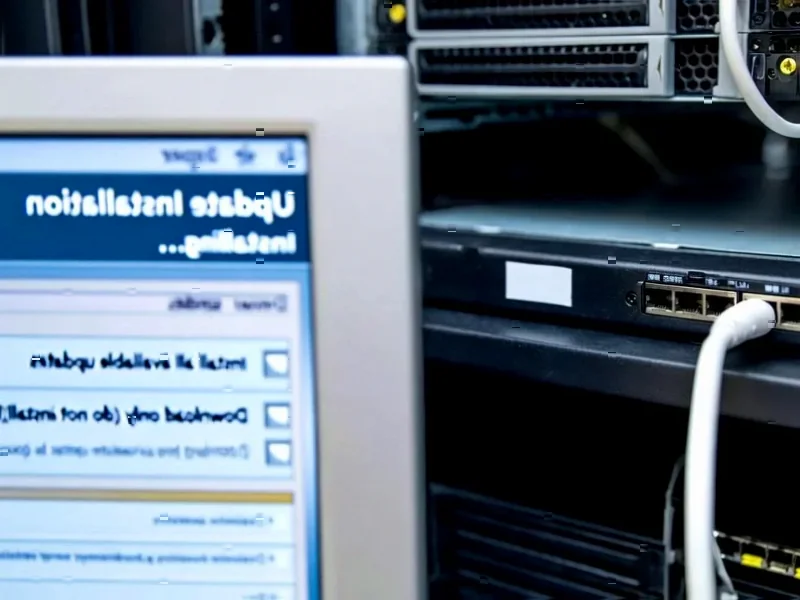According to Infosecurity Magazine, the US Cybersecurity and Infrastructure Security Agency (CISA) and National Security Agency (NSA) have released comprehensive Microsoft Exchange Server security guidance in collaboration with international partners. The blueprint builds on CISA’s Emergency Directive 25-02 and outlines critical measures including restricting administrator access, implementing multi-factor authentication, tightening transport security settings, and adopting zero-trust principles. CISA acting director Madhu Gottumukkala emphasized the agency’s commitment to safeguarding critical infrastructure “even amid a prolonged government shutdown riddled with partisan rhetoric,” while Nick Andersen, CISA’s executive assistant director for the Cybersecurity Division, warned that “the threat to Exchange servers remains persistent.” The guidance arrives as organizations continue grappling with securing hybrid and on-premises Exchange deployments against sophisticated nation-state actors.
The Authentication Architecture Overhaul
What makes this guidance particularly challenging for organizations is the fundamental architectural changes required. Exchange Server environments have historically relied on perimeter-based security models where internal networks were considered trusted. The shift to zero-trust principles means organizations must completely rethink their authentication frameworks. Implementing MFA across Exchange requires significant infrastructure changes, including integration with identity providers and potentially overhauling legacy authentication protocols that many organizations still depend on for backward compatibility. The technical debt accumulated from years of incremental Exchange upgrades creates a complex web of dependencies that makes comprehensive security implementation far from straightforward.
Transport Layer Security Realities
The guidance around tightening transport security settings touches on one of the most technically nuanced aspects of Exchange security. Many organizations struggle with proper TLS configuration across their Exchange environment, particularly in hybrid deployments where traffic flows between on-premises servers and cloud services. The certificate management alone represents a significant operational burden, requiring proper lifecycle management, revocation checking, and compatibility across different Exchange versions. Furthermore, organizations must balance security with functionality—overly restrictive transport security can break integration with third-party applications and mobile clients that may not support the latest encryption standards.
The End-of-Life Migration Dilemma
The emphasis on migrating from unsupported Exchange versions highlights a critical infrastructure challenge that many organizations have been avoiding. Exchange Server 2010 reached end-of-life in January 2020, while Exchange 2013 followed in April 2023. Yet numerous enterprises continue running these unsupported versions due to the complexity and cost of migration. The official guidance document makes clear that maintaining these systems creates unacceptable risk, but the migration path requires careful planning around mail flow, public folder migration, and client compatibility that can take months to execute properly.
Cloud Migration Versus On-Premises Hardening
The recommendation to evaluate cloud-based alternatives through CISA’s SCuBA program represents a significant strategic shift in government cybersecurity guidance. Historically, many government and critical infrastructure organizations preferred on-premises deployments for perceived security benefits. Now, agencies are acknowledging that cloud platforms may offer more robust security baselines than what many organizations can achieve with their on-premises deployments. However, this transition requires careful consideration of data sovereignty, compliance requirements, and the technical capability to manage hybrid environments during extended migration periods.
Building Sustainable Security Operations
Beyond the immediate technical recommendations, the guidance implicitly calls for a fundamental change in how organizations approach Exchange security operations. The persistent threat landscape means that one-time implementations aren’t sufficient—organizations need continuous monitoring, regular security assessments, and automated compliance checking. The operational burden of maintaining secure Exchange environments requires dedicated resources and specialized expertise that many IT teams lack. This creates a capability gap that organizations must address through training, staffing changes, or managed service partnerships to achieve the level of vigilance that CISA and NSA are recommending.




